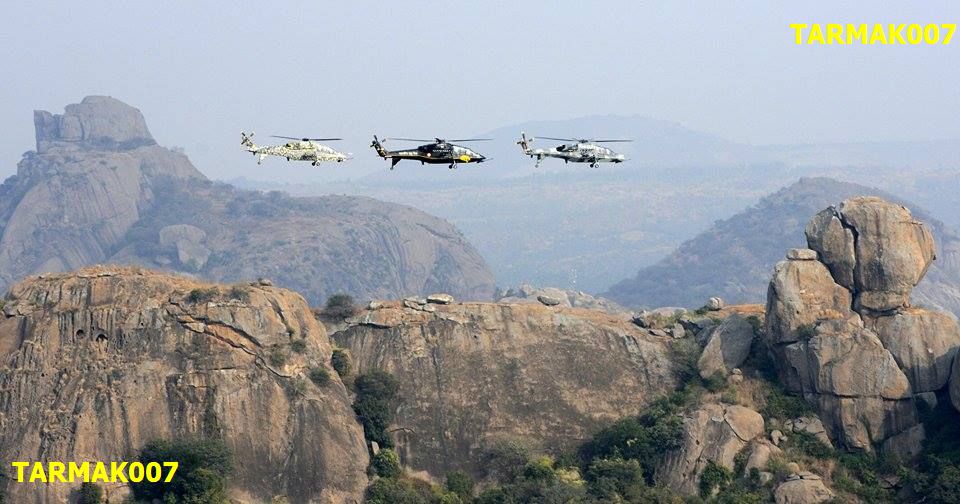Indian Navy impressed with DRDO's Underwater Robotic Vehicle
February 02, 2015: The Indian Navy has been impressed by the DRDO's autonomous underwater vehicle (AUV) that has undergone user demonstrations and has already elicited deep interest from the maritime forces following navigation trials at sea. Built for extended operations at a depth of upto 100m, for surveillance, intelligence gathering, mine detection, sea cordon operations etc, the AUV is understood to be priced at just over $8 million making it one of the most competitively priced systems in the market today. With the Electronics Corporation India Ltd (ECIL) as an engineering partner, DRDO's naval science and technology laboratory (NSTL) in Visakhapatnam is also trying to develop a variant of the AUV that can conduct more frontline activity like mine-laying. The AUV, smaller than the AUV-150 developed by the Central Mechanical Research Institute (CMERI), will have passive sonar and electro-optical sensors. The DRDO AUV will be deployable and controllable from shore and ship, depending on the mission. It was the navy's commitment to the indigenous effort that it floated a tender in July 2010 announcing its interest in acquiring 10 AUVs developed and built fully in India. The navy is keen on flexibility for variable payloads like high definition sonars and underwater cameras for surveillance reconnaissance activities of the sea bed, including oceanographic survey and specialised mapping. Private firms, including L&T, are also building AUVs for consideration by the Indian Navy.







